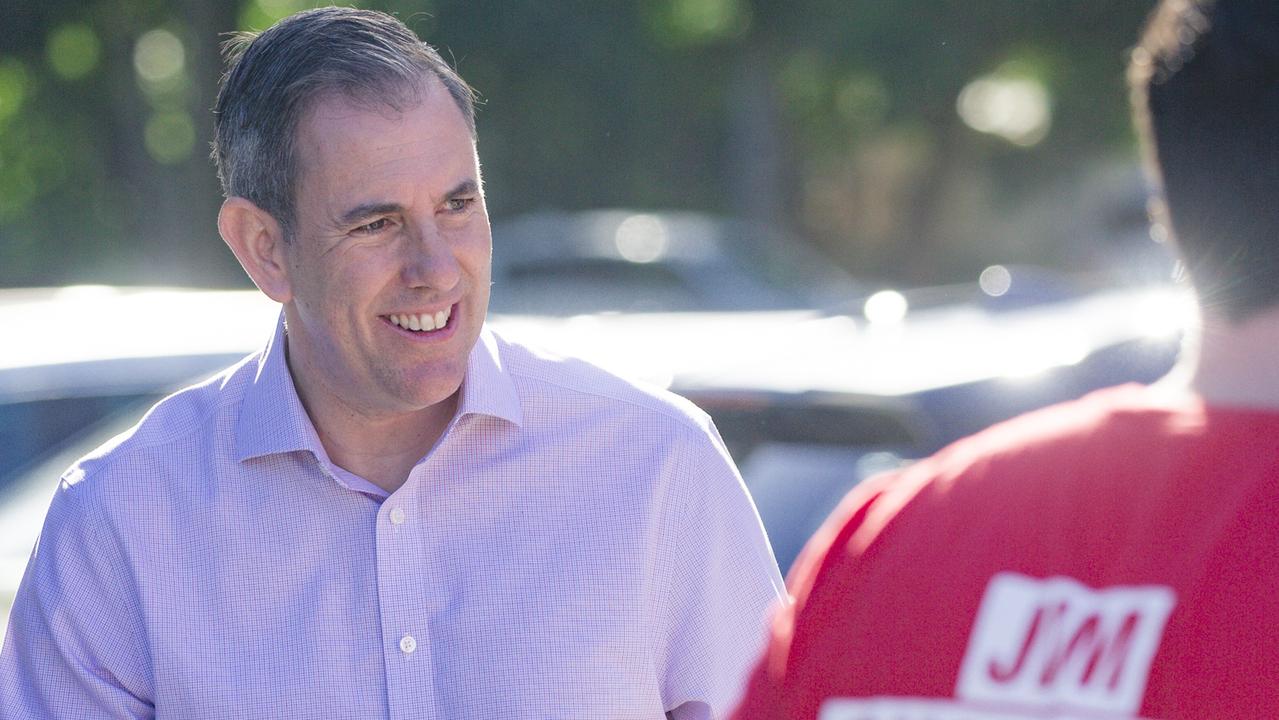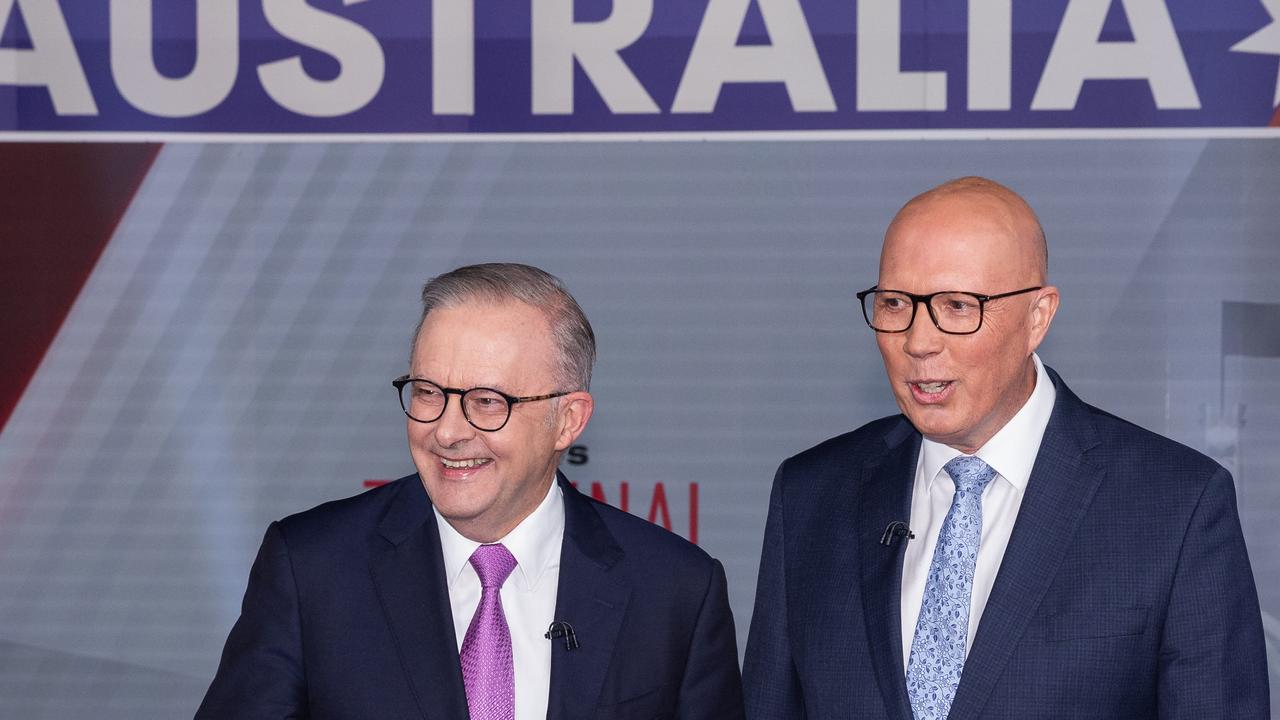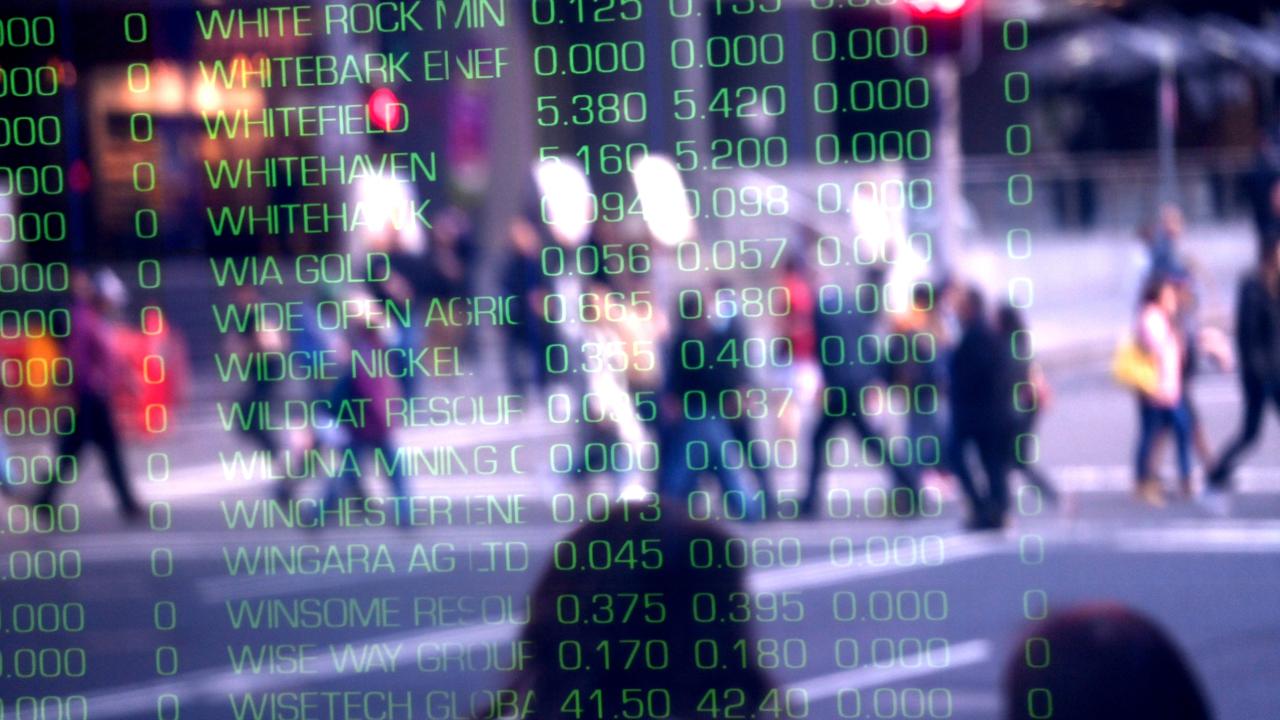Opal card loophole costing NSW Government millions of dollars in lost revenue
A loophole in NSW’s Opal travel smartcard has allowed passengers to travel cut price while depriving government coffers of more than $10 million.

Sydney commuters and tourists have managed to snare more than $10 million in free travel due to a loophole in the Opal smart card ticketing system.
A newly released report has identified that many of the underpaying passengers are using just two stations.
An analysis by the Audit Office of New South Wales has also revealed that trains are breaking down more frequently and, last year, almost 10,000 buses were so full they sailed straight past frustrated customers at bus stops.
The report’s authors also took a swipe at the blown budget of Sydney’s new light rail, due to open next month.
The auditors looked into the accounts of the various government agencies providing or managing public transport in NSW for the year up to June.
During that period, it found total public transport journeys had increased by 4.9 per cent in the state to 802 million individual trips.
All transport modes had seen a rise in patronage except ferries which has carried 1.8 per cent fewer passengers.
Rail was the most important public transport mode with 424 million trips made followed by buses on 349 million.
RELATED: Everything you need to know about the Sydney Light Rail
Revenue from public transport rose to $1.6 billion. But it would have been higher still were it not for several million dollars the government has let slip through its fingers through a ticketing system it designed.
The NSW Opal card has a loophole that means passengers can travel without paying the full fare.
If a passenger’s Opal card has the minimum value when they tap, they can still tap off and complete their trip even if the actual fare was much higher.
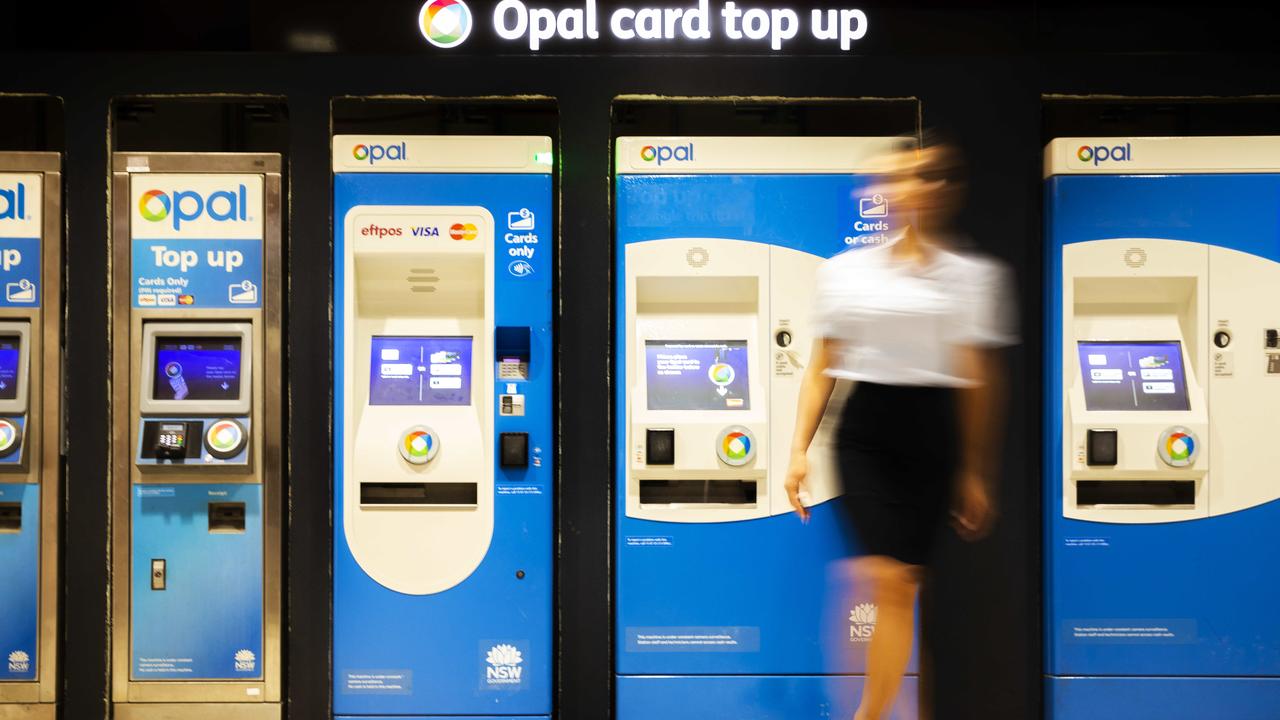
The card will then hold a negative balance that will be subtracted from the total amount added when the card is next topped up.
However, scores of passengers are paying less than the full fare and then simply dumping the card and picking up a fresh Opal, which are free to obtain.
In the last year alone that has seen passengers get away without paying for $2.9 million in fares. Since Opal cards were introduced that’s seen government coffers drained of $10.4 million in revenue.
The underpayments are a particular problem at the two stations, Domestic and International, which serve Sydney Airport.
Here a surcharge of almost $15 is added to all fares. That makes a quick 10 minute hop from Central to the airport more than double the price of a three hour journey from Sydney to Newcastle.
Some passengers and tourists had been accessing the network with just the minimum permissible amount of $2.36 on their cards, and then using that for a trip to the airport which would normally cost around $18.
As Opal cards don’t have to be registered there’s often no way of tracking down the offenders.
The Audit Office noted that in January 2019, Transport for NSW (TfNSW) made moves to prevent passengers with high negative balances from exiting through the barriers at the airport stations. Additionally, passengers topping up at the airport now can’t load less than $35 on cards.
The report noted that negative balances had reduced from $3.8 million the year before and the shortfall represented less than 1 per cent of total revenue but nevertheless recommended “further measures” be taken to get that figure down further.
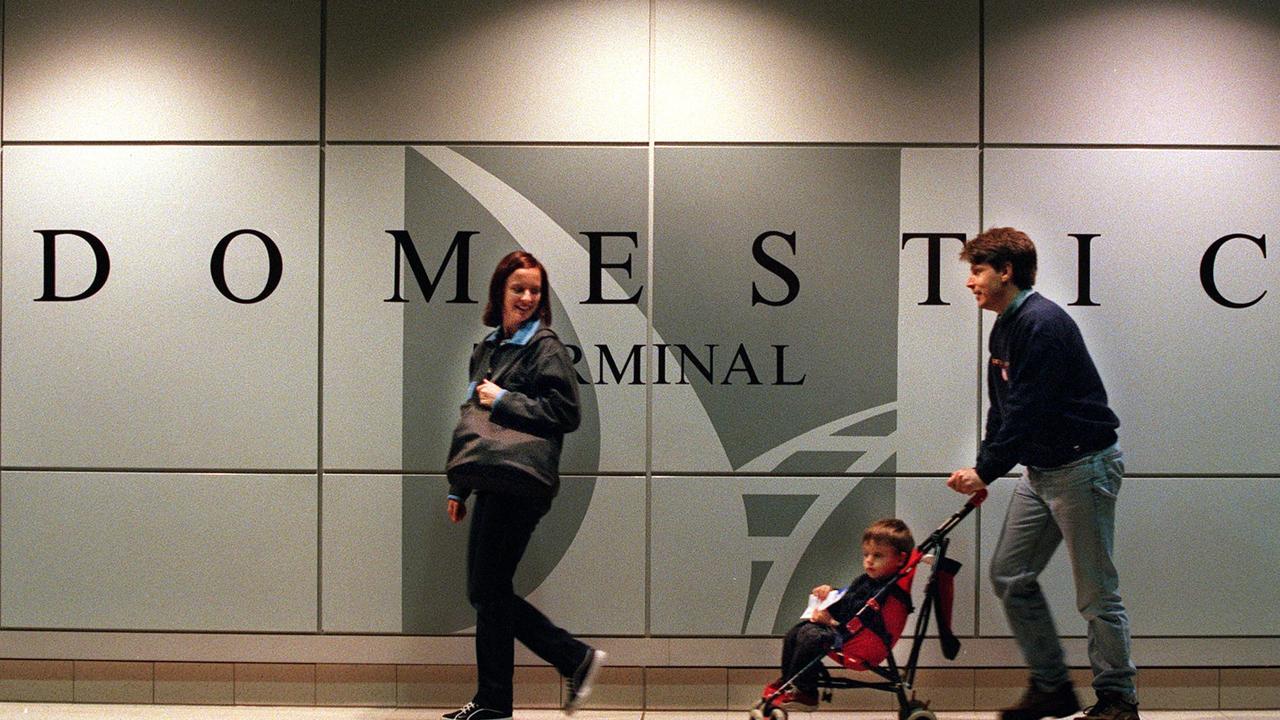
BROKEN DOWN TRAINS, FULL BUSES
The number of trains that broke down increased in the last financial year. Average monthly “carriage failures” increased from 134 in 2017–18 to 164 carriages in 2018–19. There were 24 per cent more average monthly peak incidents and 36 per cent more average monthly peak delays in 2018–19 compared to the year before.
This was party down to older, more unreliable, trains being brought back into service because of a controversial November 2017 overhaul of the timetable that saw extra services introduced.
The chaotic introduction of the timetable saw multiple delays for days on end as incidents, such as kaput trains, had a knock on effect throughout the rest of the system delaying scores of others services.
Train services in Sydney failed to meet the 92 per cent on-time target but only by a whisker coming in at 91.3 per cent. This was however a worse figure than the previous year. Again, the report said the system’s overhaul played a role.
“Sydney Trains punctuality fell following major changes to the public transport timetable on November 26, 2017 which added more than 1500 extra weekly train services,” it said.
Last year, thousands of buses were so full they left passengers stranded at bus stops, the analysis revealed.
In 2017–18, 8801 services didn’t pick up people due to being full but this increased last year to 9698.
The majority of full buses were passing through western and north western Sydney servicing suburbs including Parramatta, Liverpool, Castle Hill and Baulkham Hills.
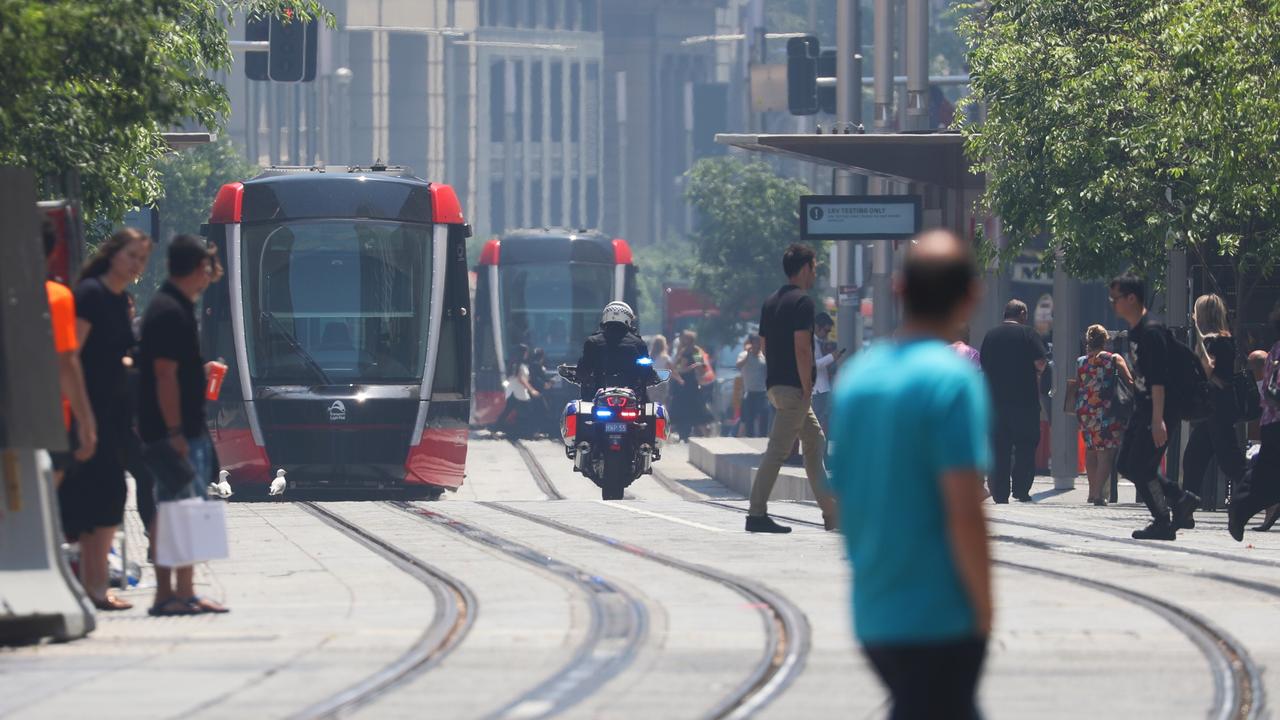
LIGHT RAIL BUDGET WOES
The auditors also took a swipe at TfNSW’s lack of skill at sticking to a budget or schedule when it comes to new projects.
The report noted the full Sydney CBD and South East Light Rail network would open a year later than promised. Trams through the city are due to start carrying passengers in a matter of weeks but the branch to Kingsford won’t open until March 2020.
The original budget for the new tram line was $1.6 billion which rose to $2.1 billion and is now said to be almost $3 billion.
“This was mostly due to misprising and omissions in the business case,” the authors wrote also pointing out a messy court case with the light rail’s builder cost another $576 million.
“Good project management involves implementation of processes to monitor the costs of projects,” the report said.
“Given the level of public scrutiny on this project, Transport should improve transparency of costs and budgets through more regular public announcements.”


